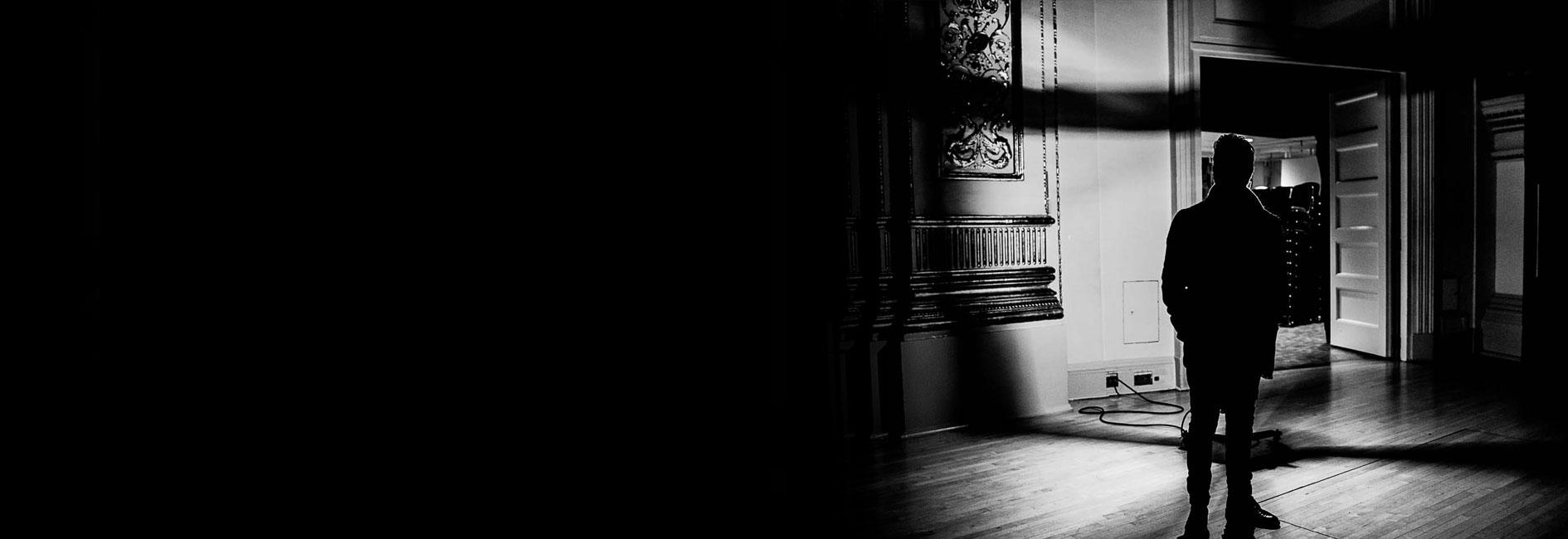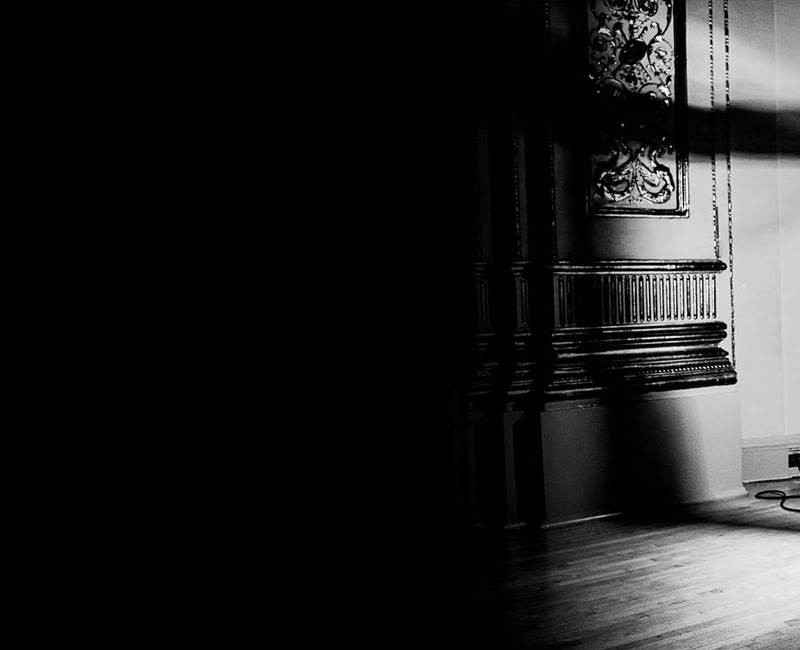Pablo Heras-Casado leads the San Francisco Symphony
05 Nov 2018
“Heras-Casado performs with manic energy, sans baton, in an unusual choreographic manner, arms rotating wildly like propellers overhead. Conductors, of course, (Richard Strauss always excepted!) will normally move around on the podium to shape the general flow of melody and could be said to dance with an invisible ball of sound in front of them. It’s the sort of time-honored, time-beating foxtrot we expect. Heras-Casado does more than this. He may be left-handed, I found myself thinking, as I noticed how often he delivered downbeats with either arm, but an unusual thing he does is mimic the music note for note as he cues.
If, for instance, it’s time to bring in the trumpets, who are about to go “rat-tat-tat”, Heras-Casado will not only give the beat, but manage to include three little finger-flicks along with it. In other words, there is an electrifying mimetic sense of the music moving through him. Audiences love that. They know an exciting effect is coming, and then it isn’t just cued (that’s only arithmetic, after all), it’s presented as theater. If the flutes flutter-tongue, fluttering fingers from the conductor let you know. And if warmth is needed, well, Heras Casado’s left hand moves like a mink glove. With a contributing touch of theatricality, Heras-Casado sports a black tunic with a red lining. As he swivels on the podium, the audience is regaled with flashes of devilish red from the vent in his coat. Only the trident is missing!”
“After that excitement, Ravel’s iconic Boléro opened with legendary restraint. This piece has a snare drum that plays the same bolero rhythm throughout, and on Saturday, the drummer stood center stage, close to Heras-Casado. Starting with the solo flute, the musicians handed off this piece’s theme, which is as elusive as it is unforgettable. Like a soldier marching toward an inexorable, deadly fate, the piece ultimately gave way to a fiery flourish of an ending. The audience gladly sustained its applause while Heras-Casado acknowledged the contribution of every soloist.”

